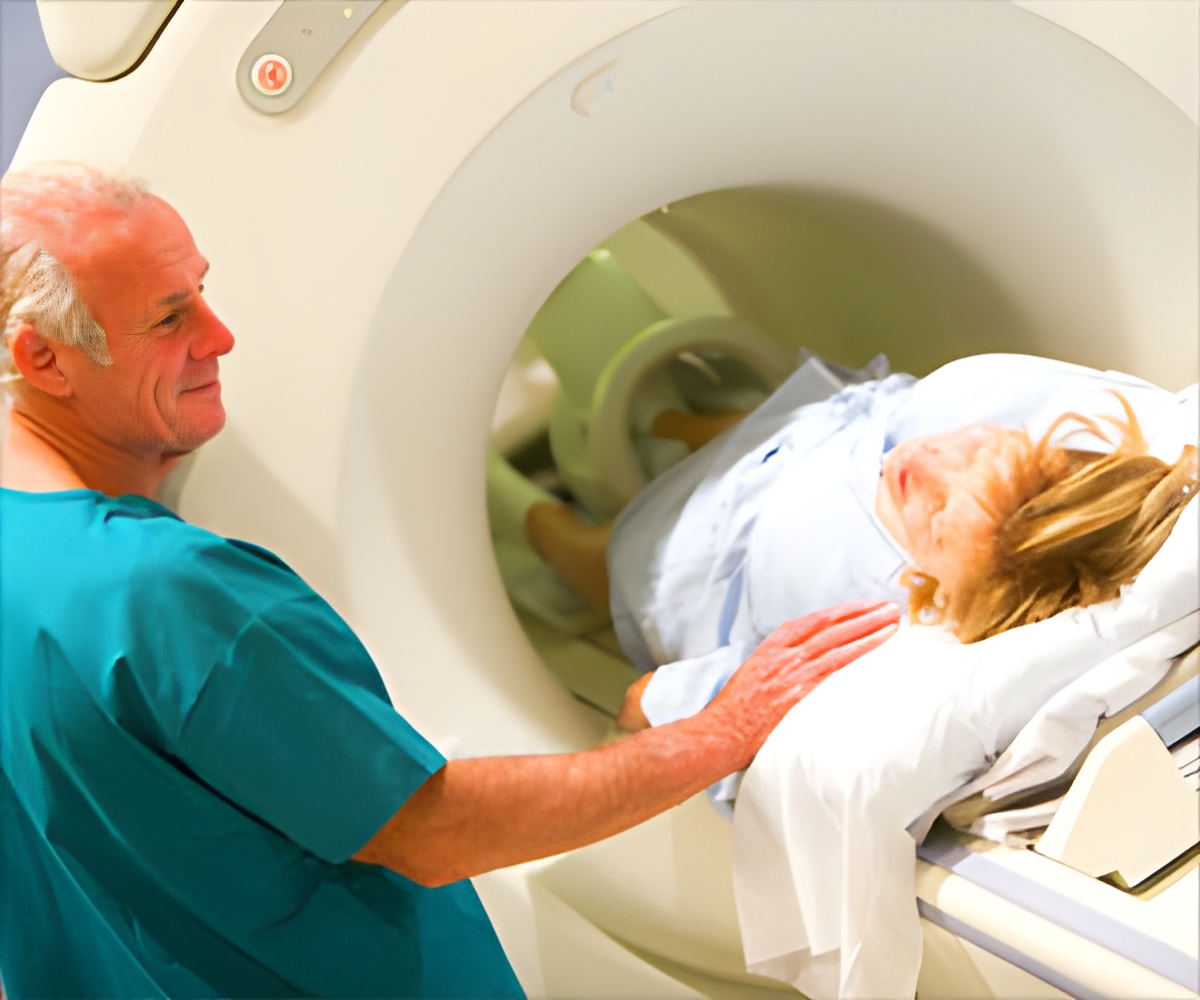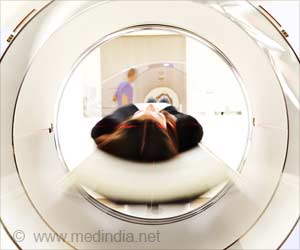New invention paves a way to safer and less expensive medical imaging, such as X-ray or computerized tomography (CT).

‘Highly sensitive X-ray detector that combines novel nanocrystals reduces diagnostic radiation dose. This discovery opens the door to a more safer and less expensive X-ray imaging with less radiation risk.’
Read More..




By incorporating these nanocrystals into flat-panel X-ray imagers, the team developed a new type of detector that could sense X-rays at a radiation dose about 400 times lower than the standard dose used in current medical diagnostics. These nanocrystals are also cheaper than the inorganic crystals used in conventional X-ray imaging machines.Read More..
"Our technology uses a much lower radiation dose to deliver higher resolution images, and it can also be used for rapid, real-time X-ray imaging. It shows great promise in revolutionizing imaging technology for the medical and electronics industries. For patients, this means lower cost of X-ray imaging and less radiation risk," said Prof Liu. The team's research breakthrough was the result of a collaborative effort with researchers from Australia, China, Hong Kong, Italy, Saudi Arabia, Singapore, and the United States.
Nanocrystals light the way for better imaging
X-ray imaging technology has been widely used for many applications since the 1890s. Among its many uses are medical diagnostics, homeland security, national defense, advanced manufacturing, nuclear technology, and environmental monitoring.
A crucial part of X-ray imaging technology is scintillation, which is the conversion of high-energy X-ray photons to visible luminescence. Most scintillator materials used in conventional imaging devices comprise expensive and large inorganic crystals that have low light emission conversion efficiency. Hence, they will need a high dose of X-rays for useful imaging. Conventional scintillators are also usually produced using a solid-growth method at a high temperature, making it difficult to fabricate thin, large and uniform scintillator films.
Advertisement
To test the application of the lead halide perovskite nanocrystals in X-ray imaging technology, the team replaced the scintillators of commercial flat-panel X-ray images with their nanocrystals.
Advertisement
Using nanocrystals as scintillator materials could also lower the cost of X-ray imaging as these nanocrystals can be produced using simpler, less expensive processes and at a relatively low temperature.
Prof Liu elaborated, "Our creation of perovskite nanocrystal scintillators has significant implications for many fields of research and opens the door to new applications. We hope that this new class of high-performance X-ray scintillator can better meet tomorrow's increasingly diversified needs."
Next steps and commercialisation opportunities
To validate the performance of their invention, the NUS scientists will be testing their abilities of the nanocrystals for longer times, and at different temperatures and humidity levels. The team is also looking to collaborate with industry partners to commercialize their novel imaging technique.
Source-Eurekalert










